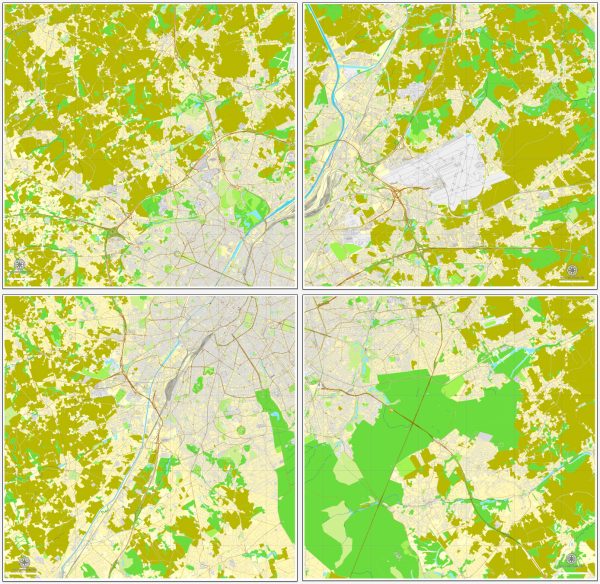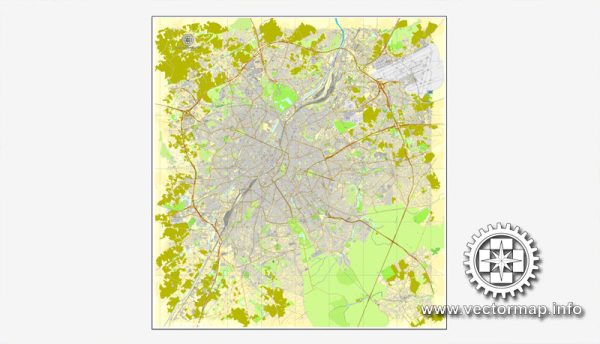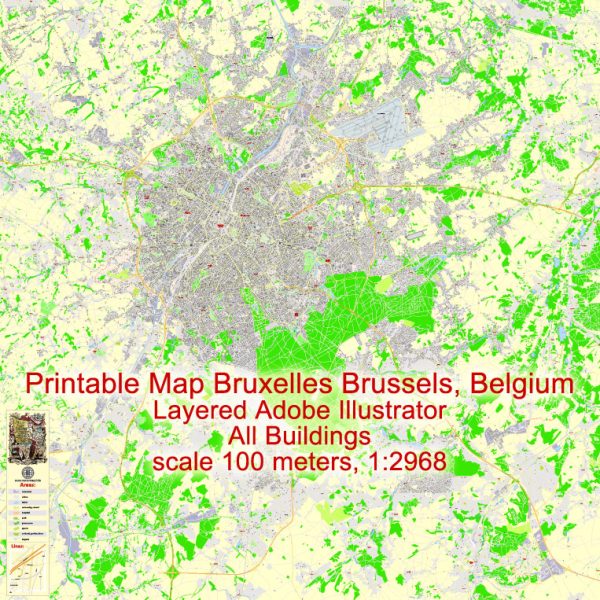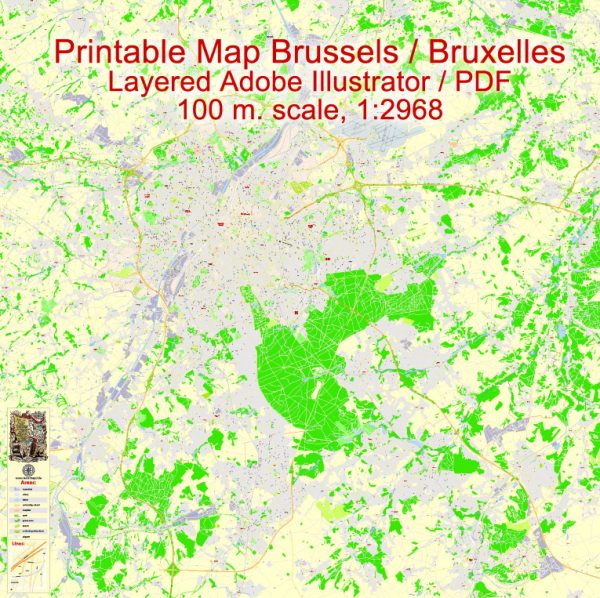The history of urban development in Brussels, Belgium, is a fascinating story that spans centuries and reflects the city’s rich and complex cultural heritage. Below is a brief overview of the key milestones in Brussels’ urban development:
- Roman Origins: Brussels has ancient roots that date back to Roman times when it was known as “Brosella.” The city was established as a small Roman settlement, and evidence of this period can still be found in certain archaeological sites.
- Medieval Brussels: Brussels began to grow and flourish during the Middle Ages. It became a bustling trade center and was granted city privileges in the 13th century. The Grand Place (Grote Markt) was established during this time and remains a stunning example of medieval architecture.
- Burgundian and Habsburg Rule: Brussels became a significant political and administrative center during the Burgundian and Habsburg rule in the 15th and 16th centuries. The city’s growth was boosted by its role as the capital of the Burgundian Netherlands and later the Spanish Netherlands.
- Baroque and Neoclassical Influences: In the 17th and 18th centuries, Brussels underwent various architectural transformations. The city adopted Baroque and Neoclassical styles, with numerous impressive buildings constructed during this period, including the Royal Palace and many churches.
- Belgian Independence: In 1830, Belgium gained independence from the Netherlands, and Brussels was designated as the capital of the newly formed country. This marked a significant turning point in the city’s history, as it continued to expand and modernize.
- Urban Planning in the 19th Century: During the 19th century, Brussels underwent extensive urban development. Streets were widened, new boulevards were constructed, and public parks like Cinquantenaire Park were established. The city’s architecture began to reflect the influence of Art Nouveau, with notable figures like Victor Horta leaving their mark.
- Belle Époque and Art Nouveau: The late 19th and early 20th centuries were a period of cultural and artistic flourishing in Brussels. The Art Nouveau movement, with its distinctive architectural style, played a significant role in shaping the cityscape. The Horta Museum and many Art Nouveau townhouses can be visited today.
- Post-World War II Rebuilding: Brussels, like many European cities, suffered extensive damage during World War II. After the war, the city embarked on a process of post-war reconstruction and modernization. The European institutions began to establish their headquarters in Brussels, reinforcing its status as a political center.
- Modern Brussels: The latter half of the 20th century saw the city continue to evolve as a hub for international diplomacy, with the European Union and NATO headquartered in Brussels. Urban planning projects, such as the Atomium, the expansion of the Brussels Metro, and the development of the European Quarter, transformed the cityscape.
- Contemporary Challenges: Today, Brussels faces various challenges in terms of urban development, including managing its role as a multilingual and multicultural capital, addressing traffic congestion, and preserving its historic character while adapting to the demands of a modern, cosmopolitan city.
Brussels’ history of urban development is a rich tapestry of architectural styles and cultural influences that have shaped it into the vibrant and diverse city it is today. It continues to be a symbol of European unity and diplomacy while celebrating its unique history and identity.





 Author: Kirill Shrayber, Ph.D.
Author: Kirill Shrayber, Ph.D.